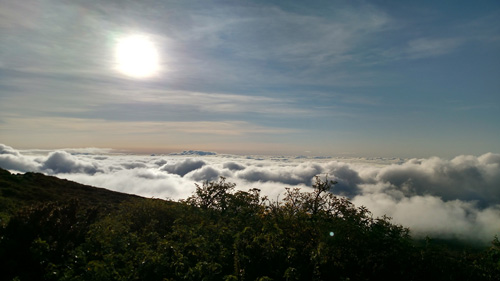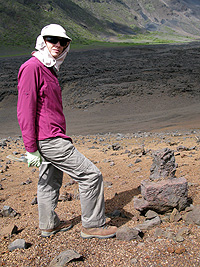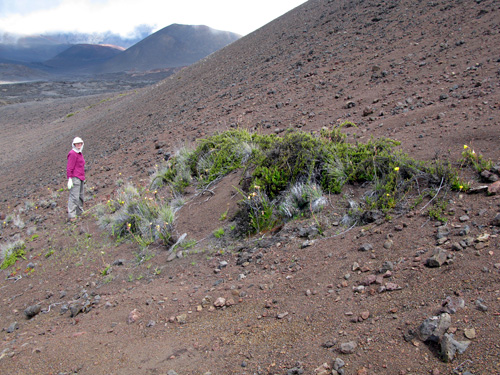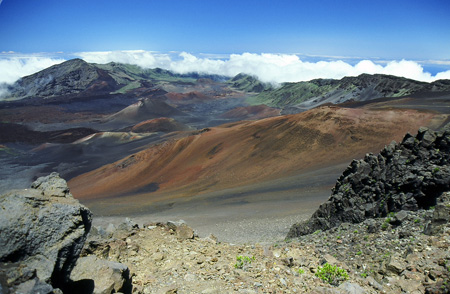Slacking
Thursday, May 12th, 2016Back on April 21 I wrote a blog post about my intention to spend a lot less time and worry on social media, and focus instead on writing. Pretty radical agenda, huh? The tactic I used was to avoid Twitter, Facebook, SFWA forum, Book View Cafe forum, etc., as well as answering most emails, until after noon my time (6pm on the east coast). Mornings were devoted to writing. I get up pretty early, so this gave me a lot of time. I also managed some work most afternoons, and several evenings. In short, this strategy proved amazingly successful and I’ve made a lot of progress.
But I’ve begun to slip. I’m overly involved in Twitter again, in part because of the io9.com book club gig…and involvement with Twitter has led to squandering too much time online. Being immersed in a writing project does not mix well with promotional activities, at least for me! Which is fairly awkward when you’re trying to make a living as a writer.
Anyway, the writing really slowed down this week, and then yesterday I took the entire day off to hike in Haleakala Crater. The hike had the positive effect of getting me away from social media, though that wasn’t the reason we went. Ron is leading a volunteer group into the crater in a couple of days, and we were dropping supplies off at the cabin where they’ll be staying. So we enjoyed a twelve-mile roundtrip hike, with a 2600′ elevation change. The day was misty when we started. The mist was soon joined by a light rain that fell for most of the day, creating spectacular scenes on the crater floor. Here’s a shot Ron took of the ground steaming even as a light rain is falling. Click the image to see a stitched panorama:
(The panorama’s not great, but it’s the best I could manage…)
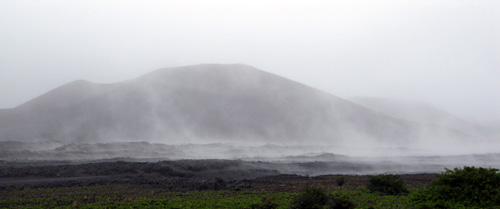
When we climbed out of the crater, we were surprised to find the summit gloriously clear:
(click the image to see a larger version)
Anyway, I’m resolved to get back to my write-until-noon schedule and get this book done. Onward!








